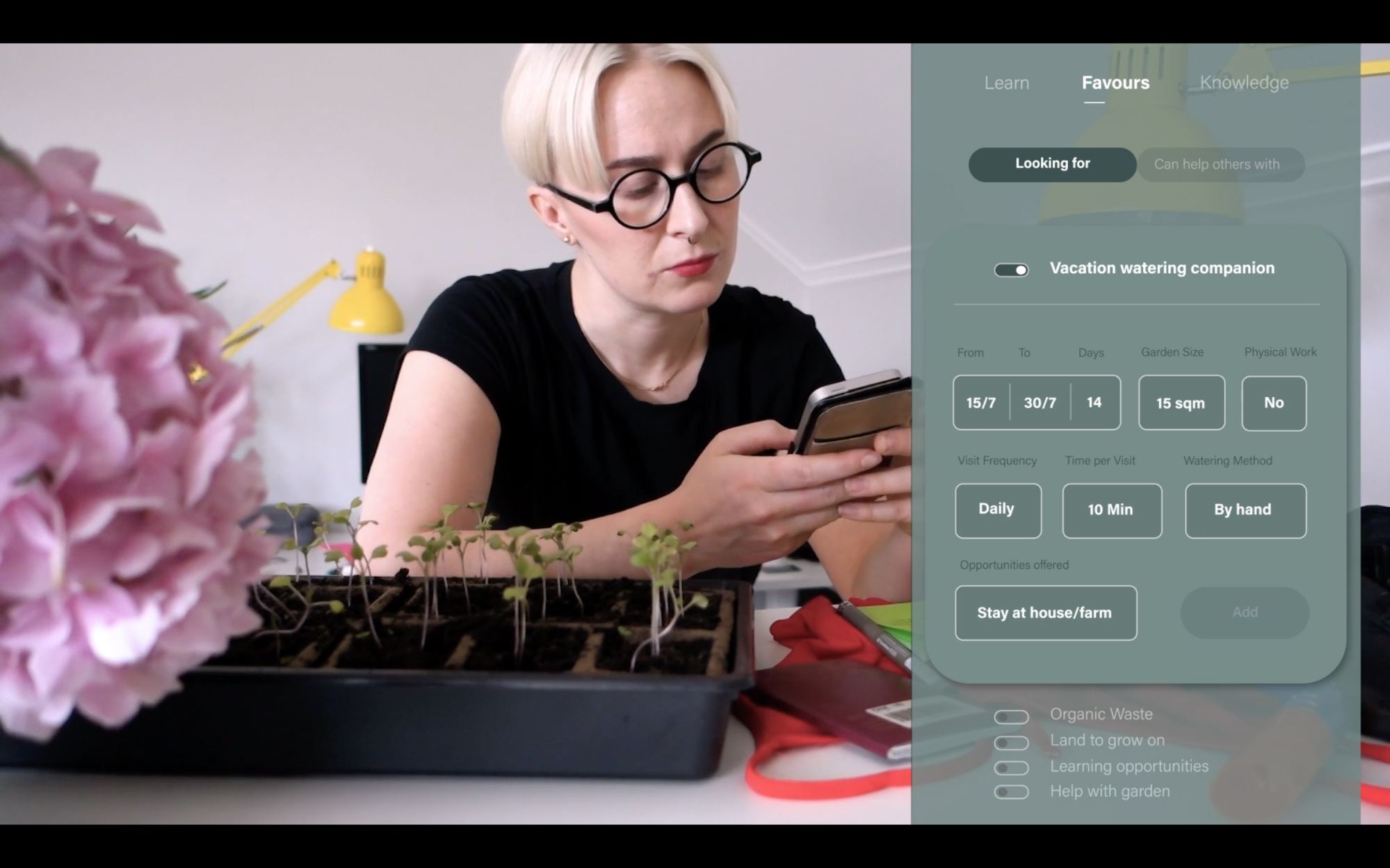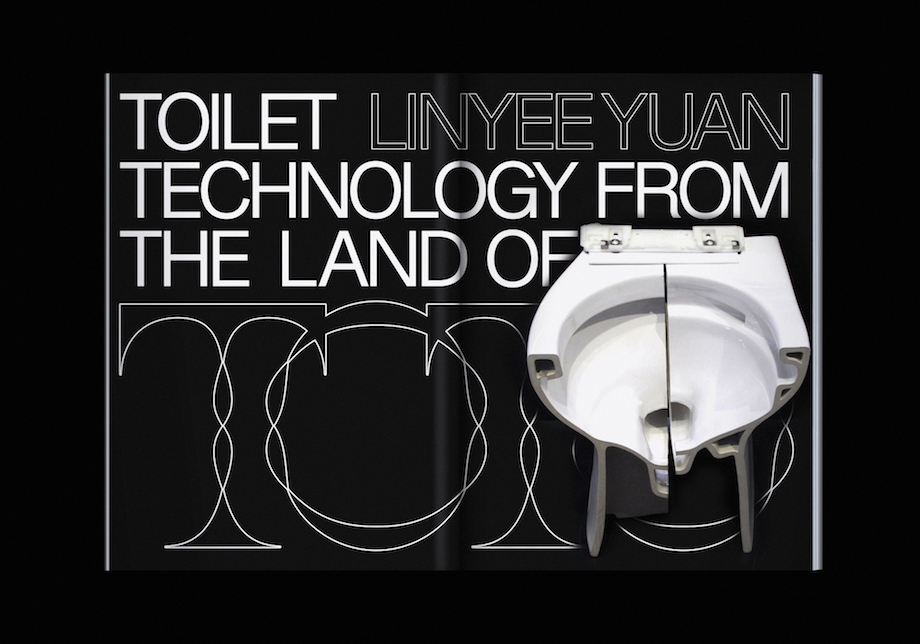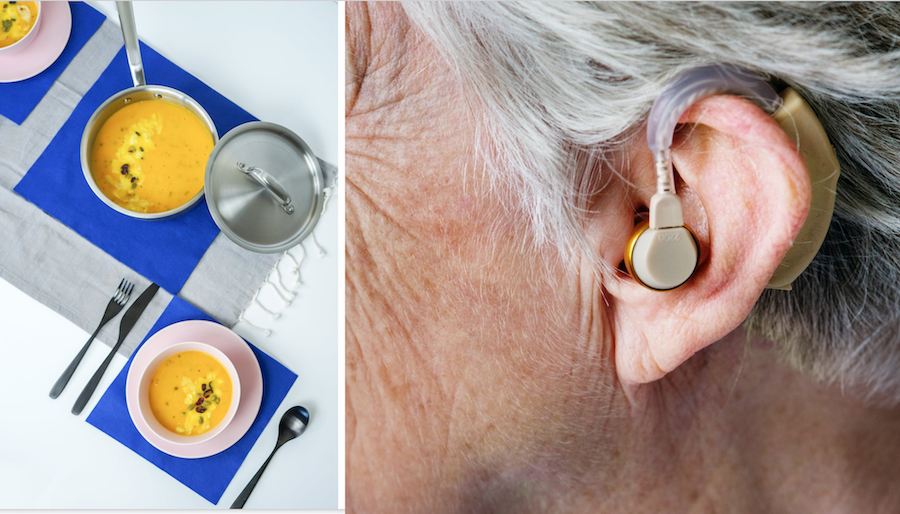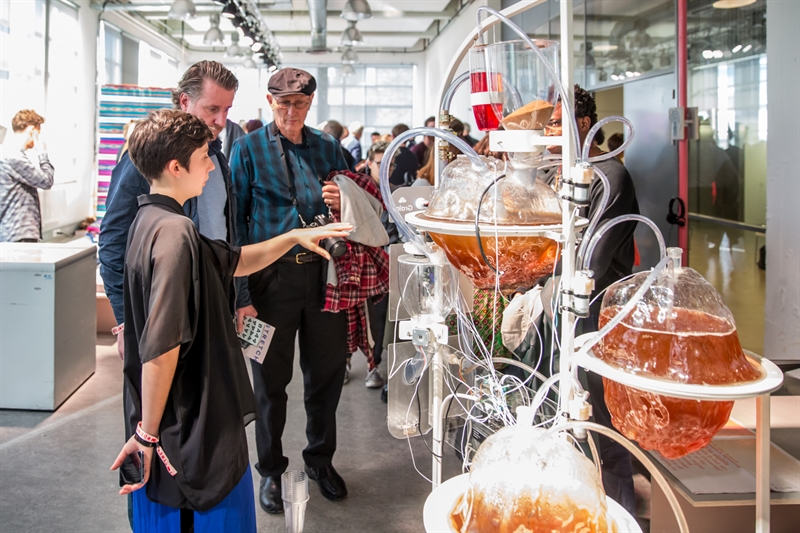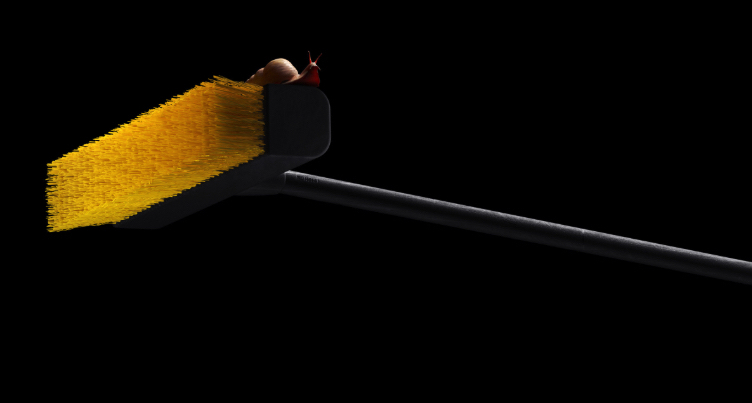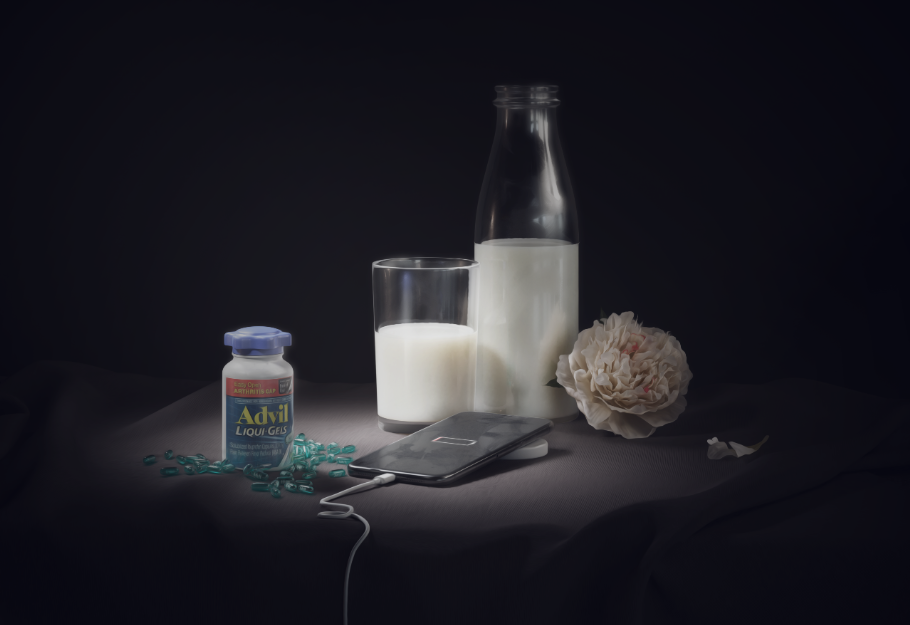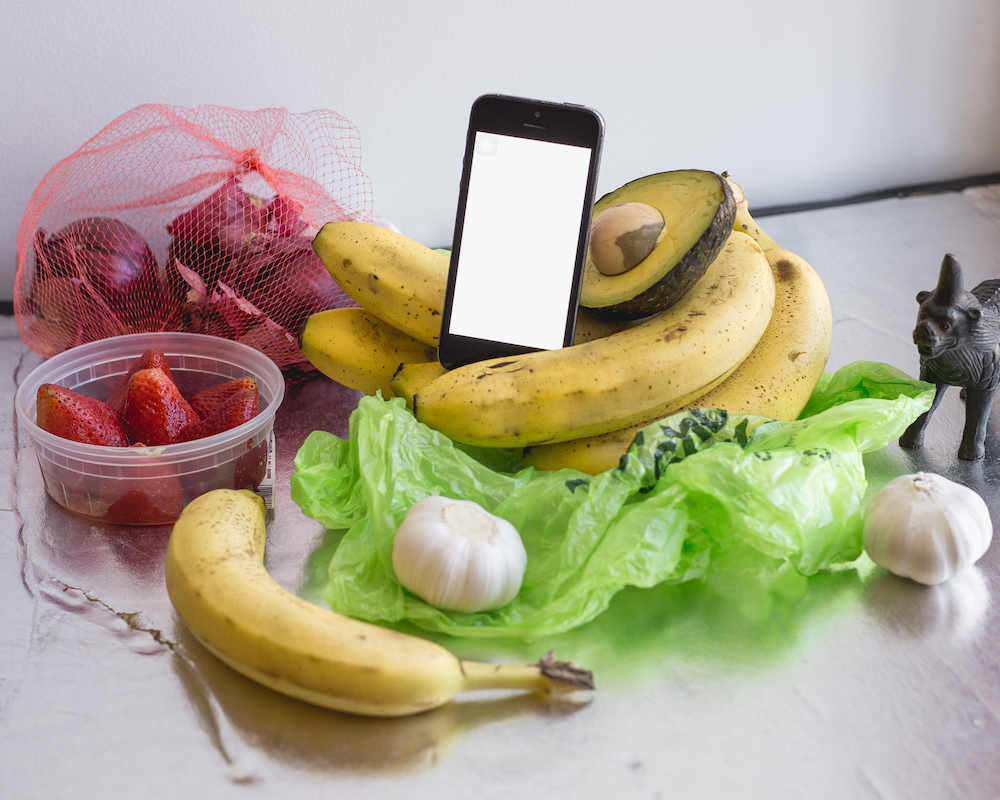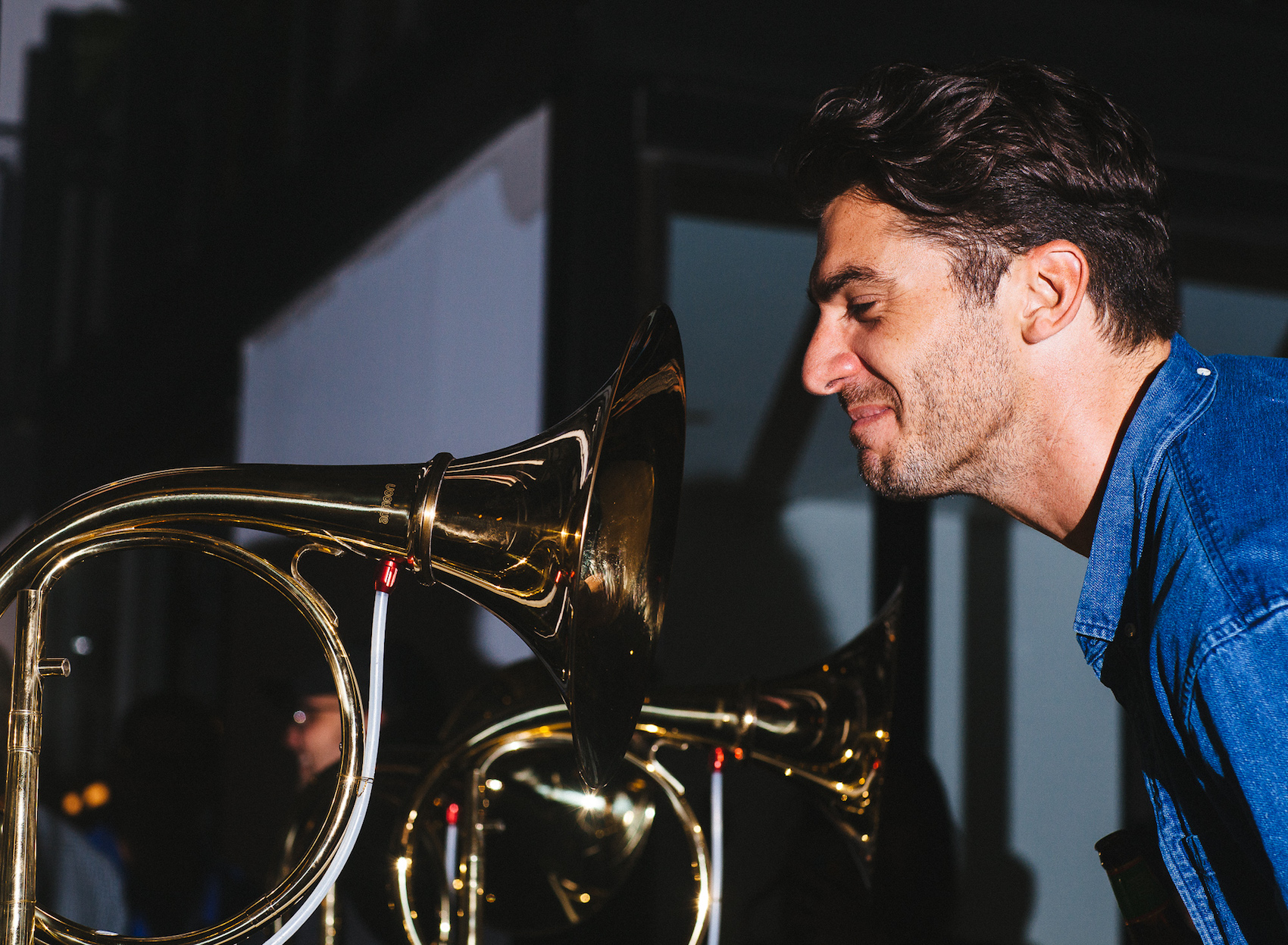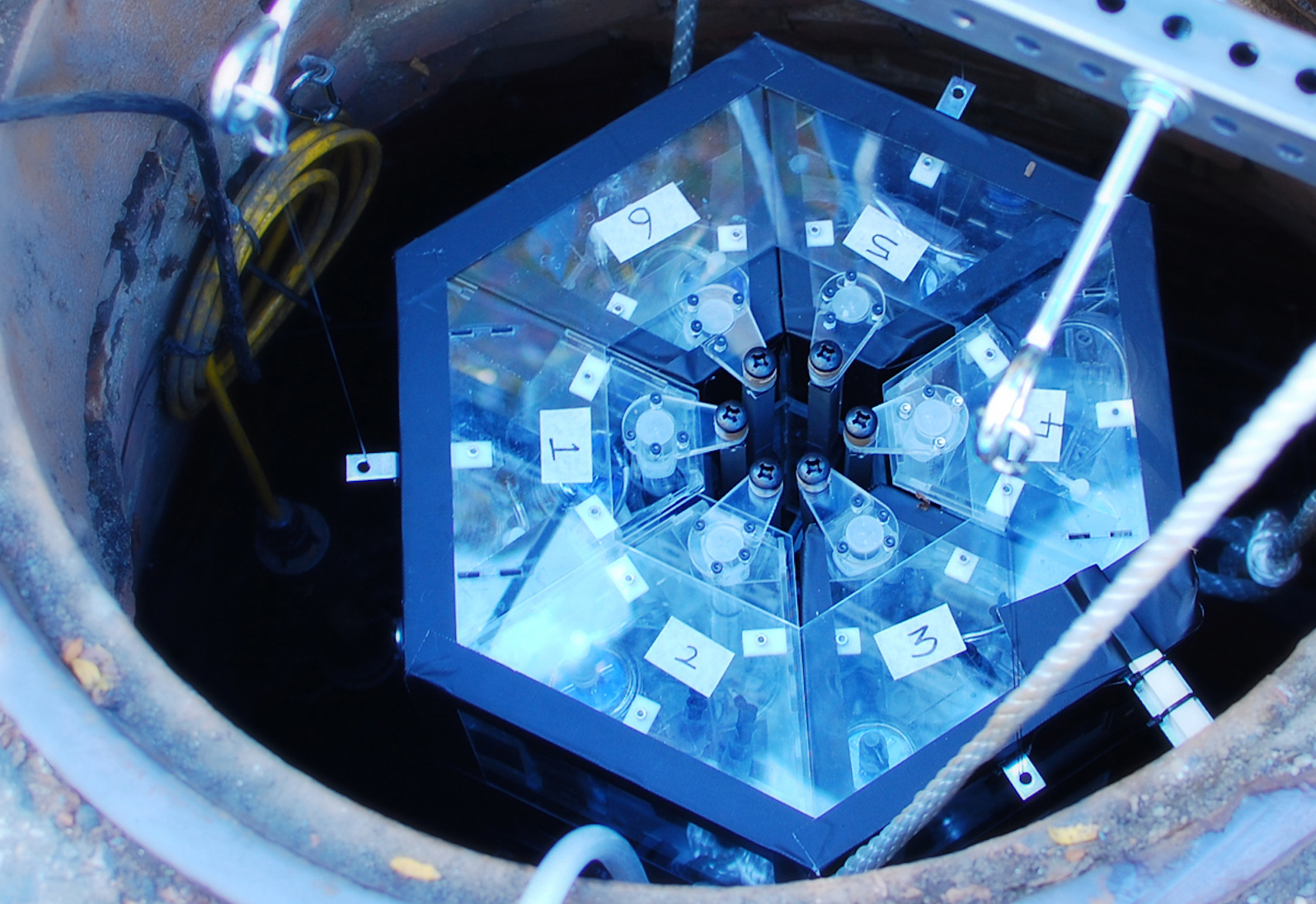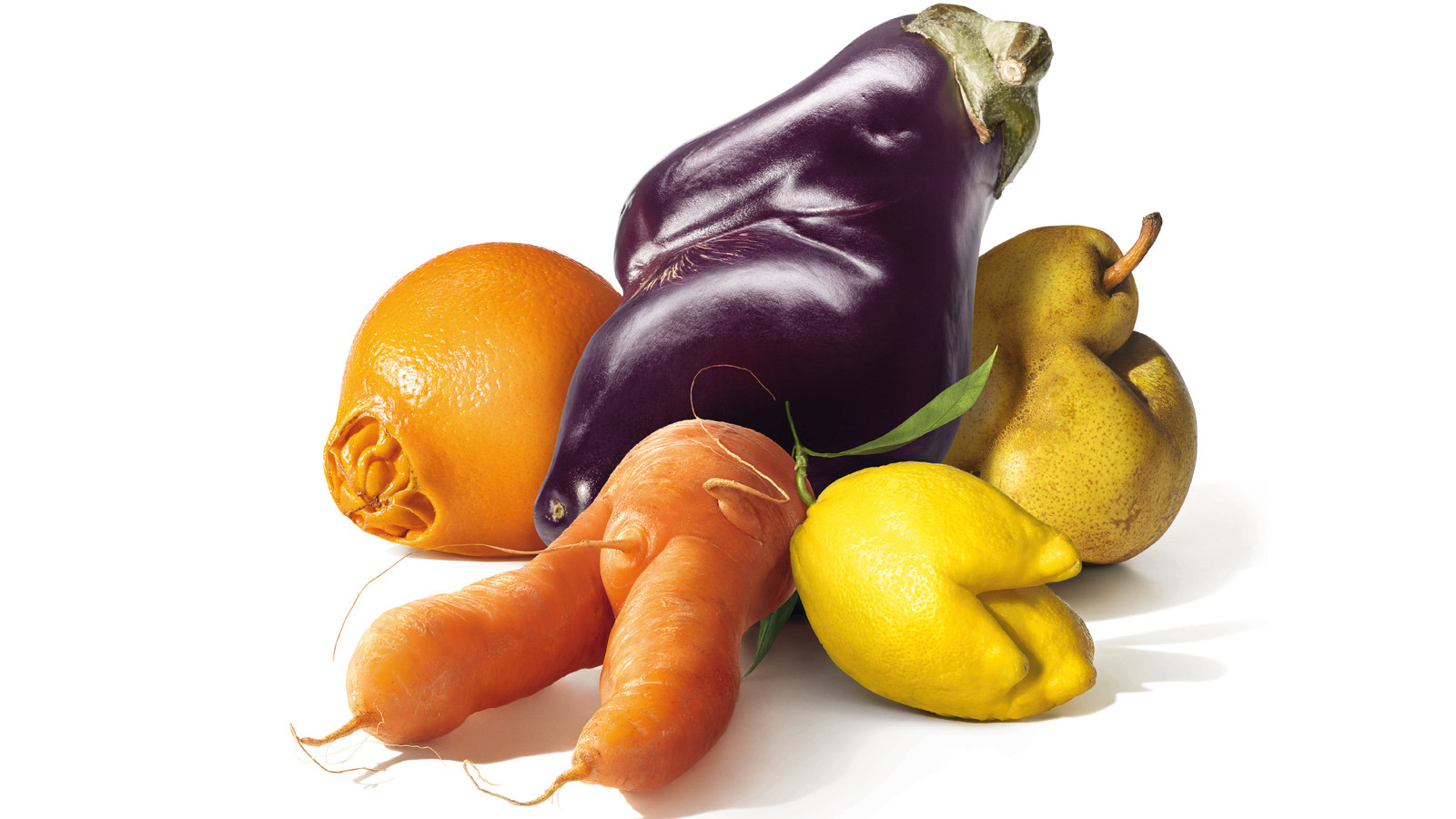As we navigate an era where sensory technology makes it possible to manipulate how we experience the world around us, new opportunities are constantly opening up that allow us to experiment with the intersection of technology, sense and design. Chefs are testing the boundaries of the visual, tactile and olfactory cues that interact with food. Designers are creating products that allow people with disabilities to better access the world around them. A part of MoMA’s permanent collection, Eye Candy – a project by Eyal Burstein, Michele Gauler and Beta Tank – serves as an example of what sensory manipulation and design might be capable of in the future.
Eye Candy probes the plasticity of the brain, exploring its ability to respond and adapt to different sensory stimuli. Electrodes on the surface of the candy use the tongue to send signals to the brain at the same electrical frequency that the eyes send visual information.
Since the brain interprets sensory information based on the frequency at which it resonates, electric signals from the candy – which are uploaded to the device via USB – can be felt as images. This means that while the tongue is tasting the sugar and sweetness of candy, the brain “decodes” this interaction as visual images. The Eye Candy is, essentially, substituting one sense for another.
Although Eye Candy has interesting implications for playful multisensory designs and the possibility of a candy that can generate beautiful visuals in our mind, this technology is already being used to assist people with visual impairments. Wicab’s Brainport sends tactile information to the brain through the tongue, helping the visually impaired correct and maintain their balance. By receiving visual data though touch, Brainport can make it easier for the blind to guide their way through space.
The contrast between Eye Candy’s light-hearted exploration of sensory plasticity and the Brainport’s critical use of similar technology to help the visually impaired is an example of the diverse and important discoveries that can be made through multisensory design.





